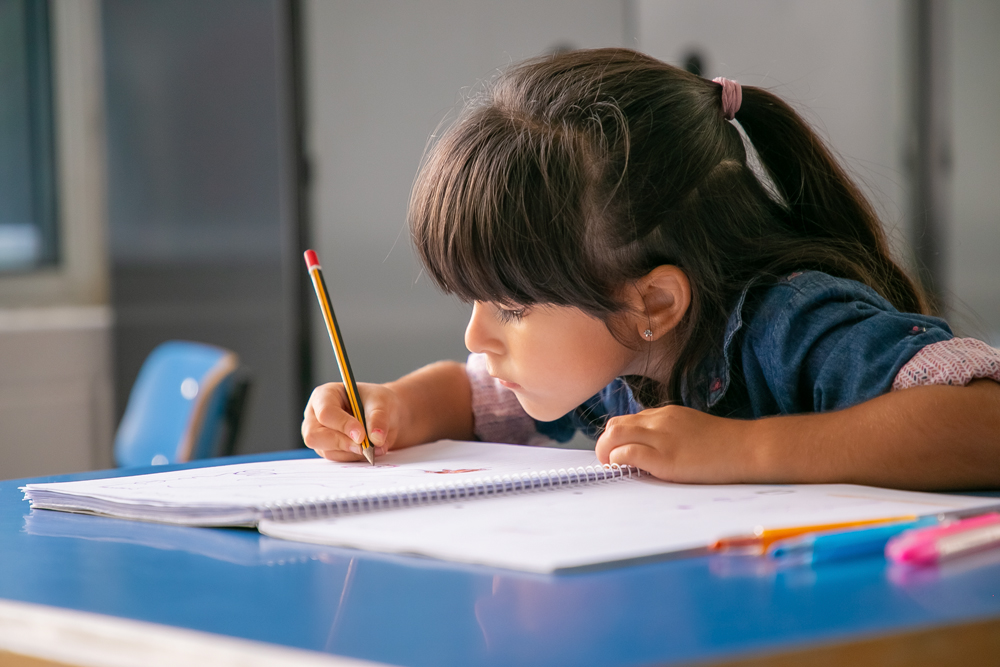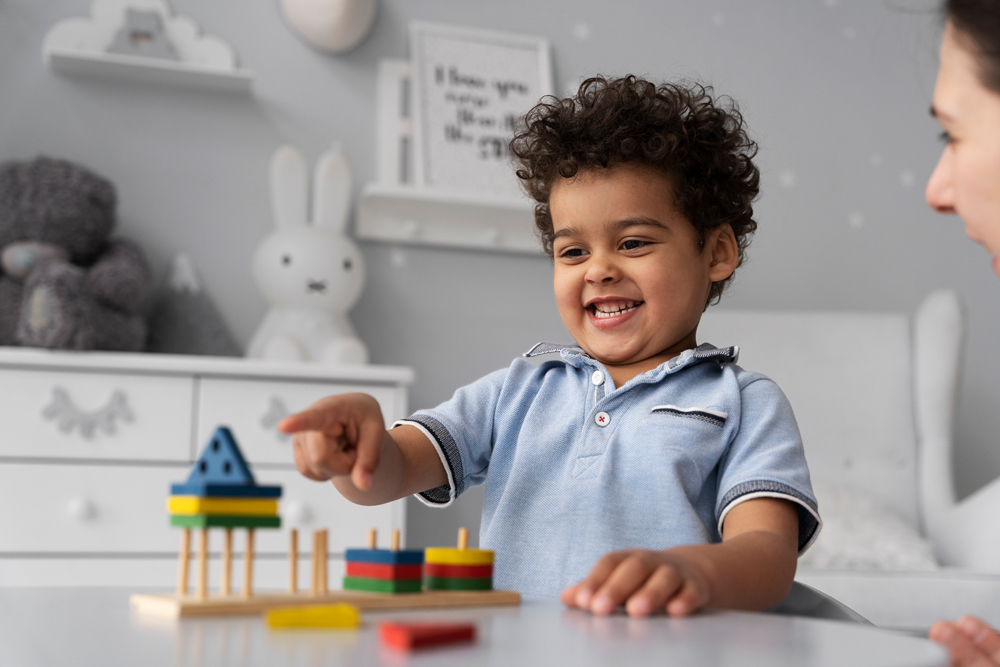Every child grows and develops at their own pace, but there are general milestones that serve as important markers in their physical, cognitive, social, and emotional development. These milestones help parents and educators understand what to expect at different stages, and when a child may need extra support. Let’s explore the key milestones across major age groups in early childhood.
Birth to 12 Months: The First Year of Discovery
In the first year of life, babies experience rapid development. They begin as completely dependent beings and, by the end of this stage, many are crawling, babbling, and even taking their first steps.
Key Milestones:
Physical: Holding head up, rolling over, sitting, crawling, and possibly walking.
Cognitive: Recognizing faces, responding to name, exploring with hands and mouth.
Language: Babbling, imitating sounds, saying simple words like “mama” or “dada.”
Social/Emotional: Smiling at people, enjoying play with others, expressing different emotions.
1 to 2 Years: The Toddler Years
This is the age of exploration and independence. Toddlers are curious, energetic, and constantly learning through movement and imitation.
Key Milestones:
Physical: Walking independently, climbing stairs, beginning to run.
Cognitive: Following simple instructions, recognizing names of people and objects.
Language: Vocabulary growth (around 50 words by age 2), forming 2-word phrases.
Social/Emotional: Displaying attachment to caregivers, imitating behavior, beginning to show defiant behavior.
2 to 3 Years: Language and Independence
At this stage, children begin to express themselves more clearly and assert their independence, often leading to the “terrible twos.”
Key Milestones:
Physical: Kicking balls, jumping, beginning toilet training.
Cognitive: Engaging in pretend play, sorting objects by shape and color.
Language: Using 3-4 word sentences, asking simple questions.
Social/Emotional: Showing a range of emotions, starting to understand the concept of sharing.
3 to 4 Years: Imagination and Socialization
Preschoolers become more social and imaginative. They enjoy playing with peers and engaging in creative activities.
Key Milestones:
Physical: Pedaling tricycles, catching a bounced ball, improved hand-eye coordination.
Cognitive: Understanding time concepts (morning, night), solving simple puzzles.
Language: Speaking in full sentences, telling stories, understanding basic grammar.
Social/Emotional: Playing cooperatively, taking turns, expressing emotions verbally.
4 to 5 Years: School Readiness
By this age, children are preparing for formal schooling. Their ability to think, reason, and interact socially is more developed.
Key Milestones:
Physical: Balancing on one foot, skipping, drawing shapes and letters.
Cognitive: Recognizing letters and numbers, understanding the idea of counting.
Language: Using future tense, telling longer stories, knowing their name and address.
Social/Emotional: Developing friendships, managing emotions, showing concern for others.
5 to 6 Years: Early School Age
As children enter school, they gain greater control over their emotions, attention span, and problem-solving skills.
Key Milestones:
Physical: Writing more clearly, improved fine motor skills, participating in sports.
Cognitive: Reading simple words, doing basic addition, understanding cause and effect.
Language: Expressing ideas clearly, engaging in detailed conversations.
Social/Emotional: Understanding rules, developing self-control, building confidence.
Conclusion
Recognizing developmental milestones is not about comparing your child to others, but about understanding their unique journey. While most children follow a general path, some may achieve milestones earlier or later than expected. Consistent nurturing, play, and communication help children grow into confident, capable individuals. If you have concerns about your child’s development, early intervention and professional guidance can make a significant difference.





